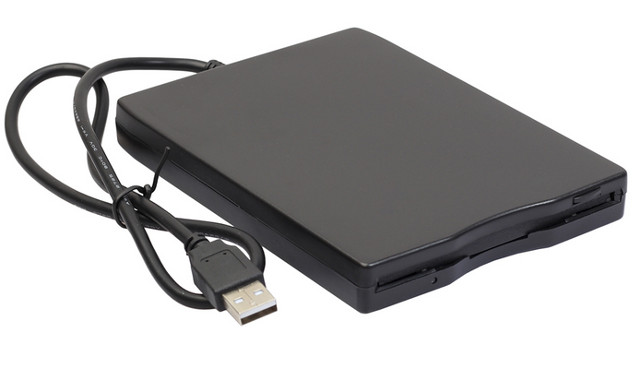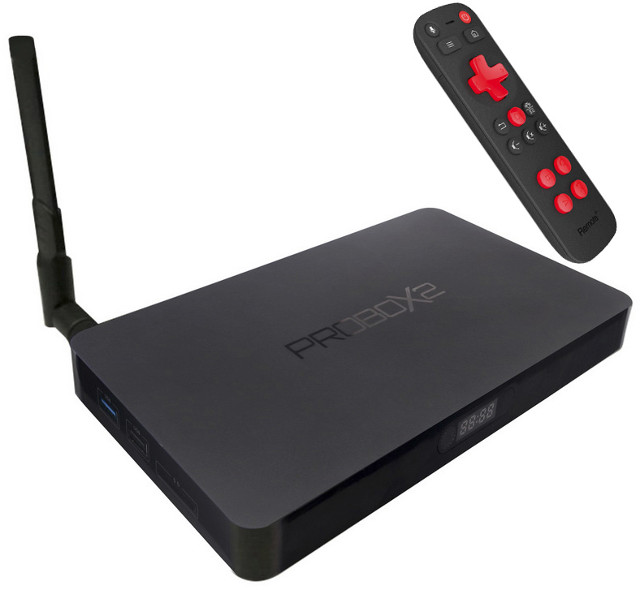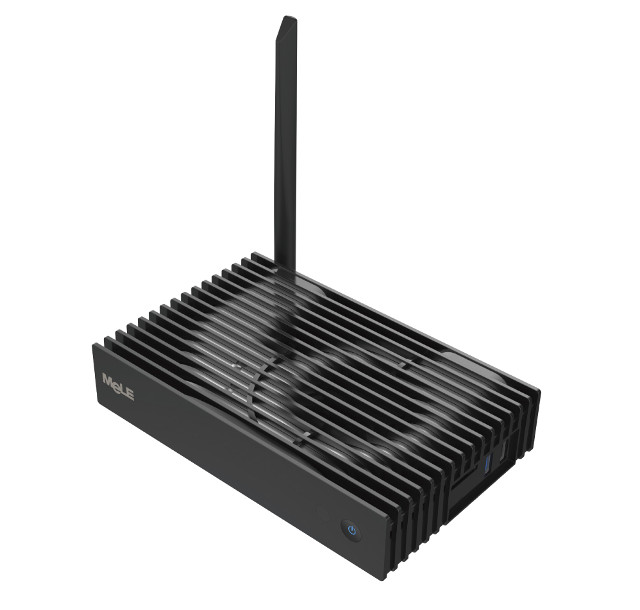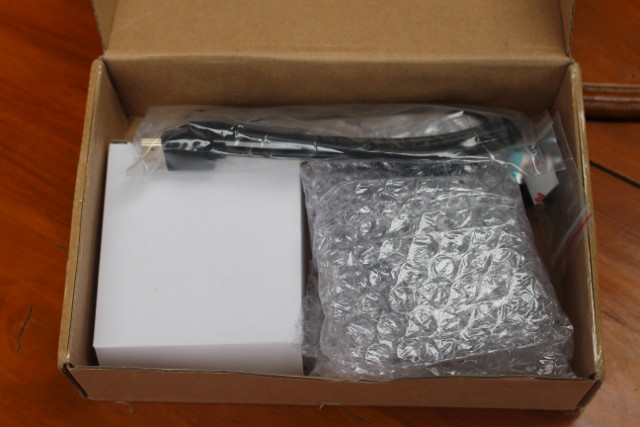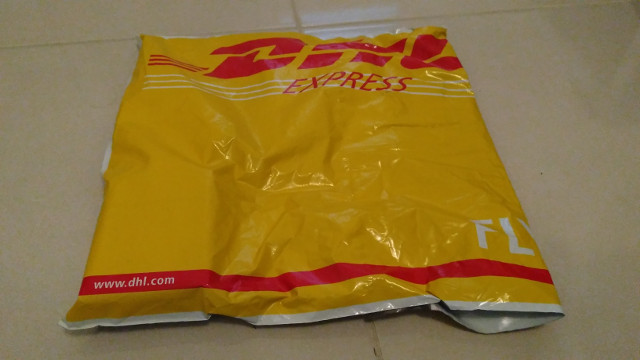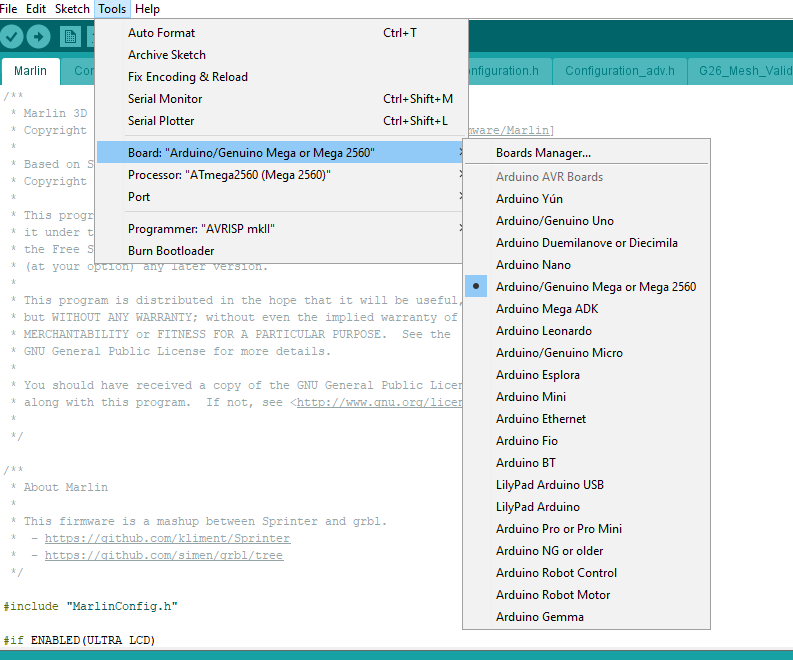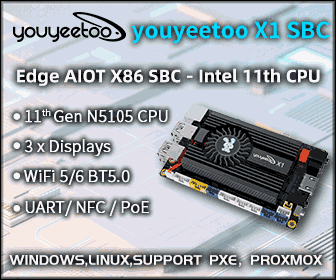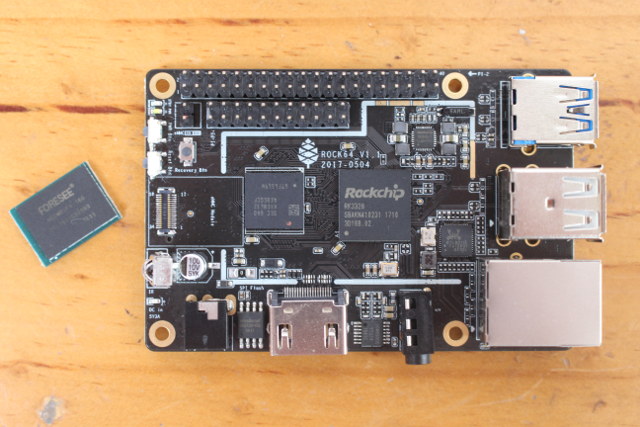If you are young enough, you may never have heard about floppy disks. They were the equivalent of “micro SD card” in the 1970’s to 2000’s , in the sense they were portable mass storage device, but the comparison stops there, as the size and capacity were quite different, and they relied on magnetic storage technology. The first 8-inch floppy drives appeared in 1971/1972 and the best models could eventually store 1.2 MB, they were following by 5¼-inch drives later the same decade with 360KB being the most common capacity, and finally 3.5-inch floppy drives coming with either 720 KB or 1.44 MB capacity in the 80’s. The latter were used until the early 2000’s, and I can remember Windows 3.1 being sold with 7 or so floppy drives. They were eventually replaced by CD ROMs, and USB flash drives. I’m writing about this, because I found out that Aliexpress […]
PROBOX2 AVA 4K TV Box, NAS, and HDMI IN DVR Sells with an Optional Air Mouse
We’ve recently come across several TV boxes based on Realtek RTD1295 SoC which offers not only typical 4K Android TV box features like H.265 & VP9 video playback, and HDR support, but acts like a NAS function thanks to a SATA interface and OpenWrt, and provides an HDMI input port that allows for DVR, PiP, and UDP broadcasting functions. PROBOX2 AVA is another one of those device with the hardware extremely similar to Beelink SEA I model, but with an external antenna, and a different user interface. The box can also ship with an optional Remote+ air mouse, which could allow you to turn on the device without using the IR remote control (TBC), as I have to do with other boxes. PROBOX2 AVA specifications: SoC – Realtek RTD1295DD quad core ARM Cortex-A53 processor @ 1.4 GHz with ARM Mali-T820MP3 GPU System Memory – 2 GB DDR4 Storage – 16 […]
MeLE PCG35 Apo mini PC is Powered by Intel Celeron J3455 “Desktop” Processor, Supports 2.5″ SATA Drives
Many Apollo Lake mini PCs have come to market recently, but most of those are based on N-series such as Celeron N3450 or Pentium N4200, which are normally designed for what the company’s refer to as “Mobile” devices referring to regular or 2-in-1 hybrid laptops, while the company also offer J-Series specifically designed for Desktop application with a higher TDP and CPU and GPU clocks. I’ve just completed my review of MeLE PCG03 Apo mini PC based on Celeron N3450 processor, but MeLE is about to launch a similarly spec’d PCG35 Apo model with a faster Celeron J3455 desktop processor instead, and support for 2.5″ SATA drives. MeLE PCG03 Apo specifications (bold highlights show differences with PCG03 Apo): SoC – Intel Celeron J3455 quad core “Apollo Lake” processor @ 1.50 / 2.30 GHz with a 12 EU Intel HD Graphics 500 @ 250/750 MHz (10W TDP) System Memory – 4GB […]
Le Potato Development Board Review – Part 1: Hardware and Accessories
Libre Computer launched AML-S905X-CC “Le Potato” board on Kickstarter last month, and since then there have been some updates such as worldwide shipping, so the board will now ship to most countries, not only in Europe or the US, and various designs of the case have been proposed. You can check the updates on Kickstarter for details. Libre Computer Le Potato Kit Unboxing The company also sent me a Le Potato board, but not only, as I received a complete kit… … similar to the $99 “2GB eMMC kit” reward on KS with a board with 2GB RAM, a 64GB eMMC flash module, a HDMI cable, and a 5V/2.5A power supply with on/off switch, but a different case, cooling fan, and corresponding rubber pad and screws. The case exposes all external ports, and has holes on top for the fan. The other side includes the micro SD slot, plenty of […]
Getting Started with MediaTek X20 Android Development Board
Thanks to CNX for helping me get a hand on the 96Boards compliant Mediatek X20 board that was generously donated by Seeed Studio. In this article, I will walk through the steps to get the board up and running and also compile Android from the source code. The current Android is version 6. Unboxing the Beast First Boot Up The board boots up from the eMMC, and the first time you boot up you will get Android screen as shown in Figure-9. This is the default Android image from the factory, which surprisingly looks like it was setup for a phone screen mode, which is not sufficient for a HDMI monitor. It would be better to install the images that are made available at Linaro website or build your own. See the other section to flash the board with different images. Switching to Fastboot Mode Flashing image files are done […]
Tevo Tarantula 3D Printer’s Large Dual Extruder Auto Bed Level Sensor Firmware Upgrade
What a title. Just a quick update on the Tevo I am reviewing. I didn’t want to upgrade the firmware, but I read so many posts on Facebook about it I took the plunge. I didn’t like was the firmware that came with it. It only did a 3 point level, and seemed to go outside the build plate dimensions. The first 2 printers I have reviewed were Marlin, so it was what I am most familiar with. I used Jim Brown’s Marlin fork as a base. It was missing dual extruder and auto level sensor in the pre-configured profiles. It took a while, but I was able to add the extra features. The auto bed level sensor connects to where the normal Z end stop sensor is connected. I would like to warn you to warm your bed for 5 minutes for the best reproducible results. I tested several […]
ROCK64 Board Review – Part 1: eMMC Flash Module, Android 7.1 Firmware, Benchmarks, and Kodi
ROCK64 is the second ARM Linux development board by Pine64 that is based on Rockchip RK3328 processor, instead of Allwinner 64 for Pine A64 board, and while both processors comes with four Cortex A53 cores, the Rockchip processor offers a faster GPU, 4K @ 60 Hz video support, as well as USB 3.0 support. I’ve got a sample with an eMMC flash module, and I’m going to test it first with Android 7.1, since those were the only firmware images currently available on the Wiki, but Linux will be available before the board ships publicly at the end of July. Rock64 Linux Ports Status There are now at least three Linux ports in progress: ayufan’s Debian Jessie and Ubuntu Xenial images which are now in pre-release, but should officially be released next week. Arch Linux ARM with no pre-built Rock64 images yet Fedora 25 minimal Image The Yocto Project support […]
Office, Factory, Business Model, and Ambitious Plans of Shenzhen Xunlong Software, Orange Pi Maker
Parts of the article have been updated after Steven Zhao update at the end. Since Steven Zhao is the only one contact person at Shenzhen Xunlong Software, the maker of Orange Pi boards, and the company appears to be focusing on hardware development more than on software and documentation, so at one point in time, people were speculating that it could be one person operation 🙂 Last year, Steven told us there were over 10 persons working in the office. But hey, photos, or it’s fake! We now have a definite proof as Renaud Coustellier visited Steven Zhao in his Shenzhen Offices, and published a report on Minimachines (in French). I’ll provide a summary below, but visit Minimachines website, if you want the full story and more pictures. First, Shenzhen Xunlong rented a floor, or part of it, in one of the many Shenzhen office buildings, and engineers are working […]


